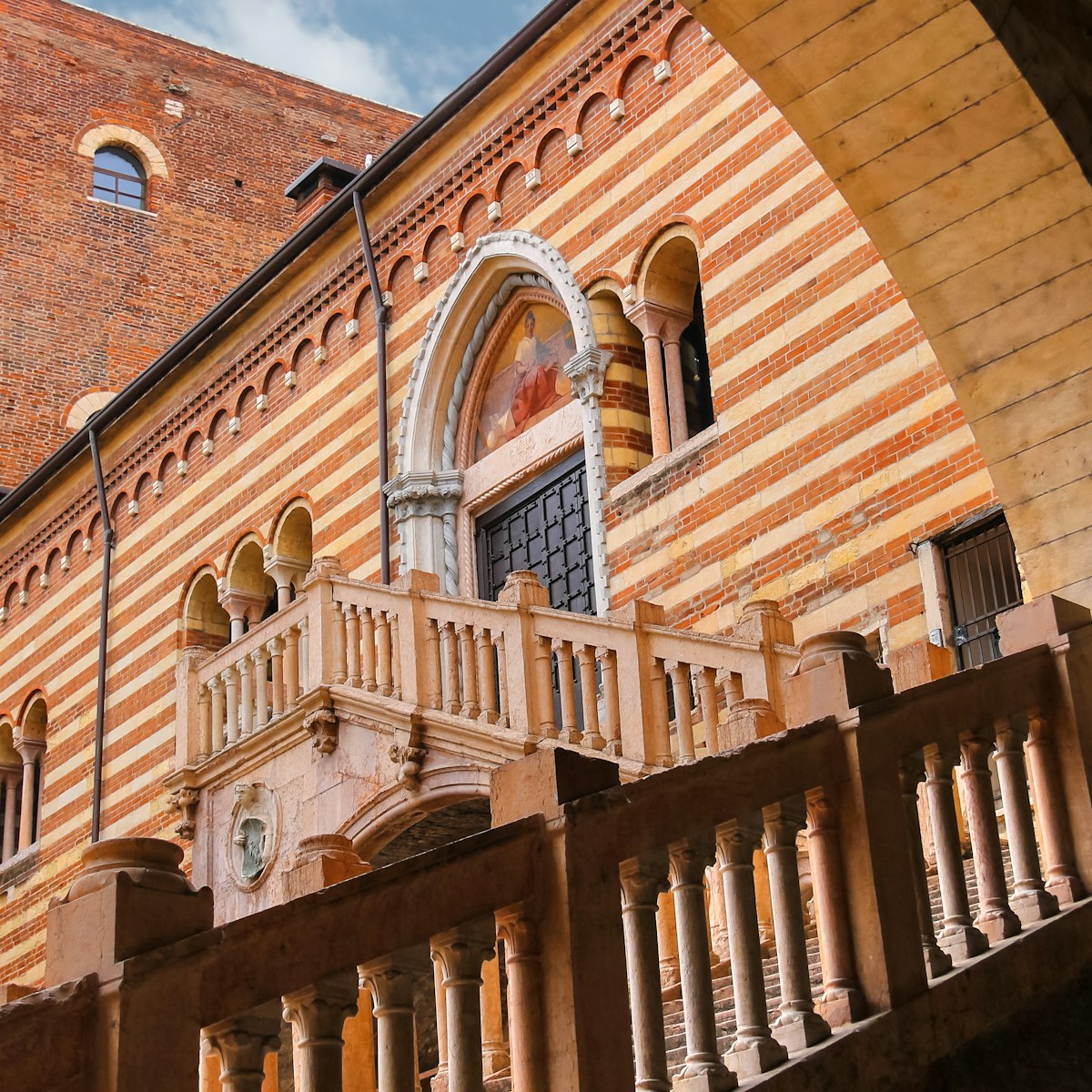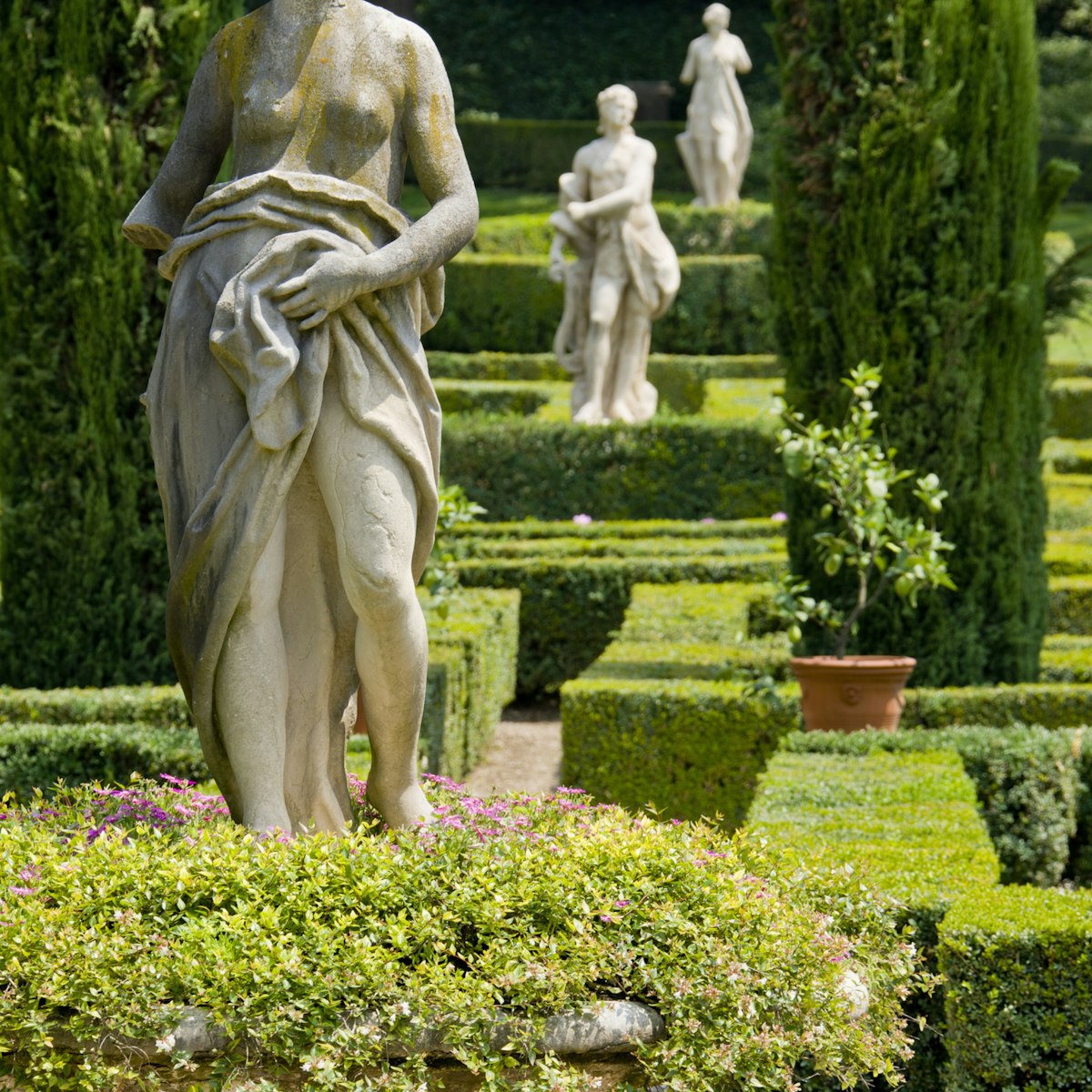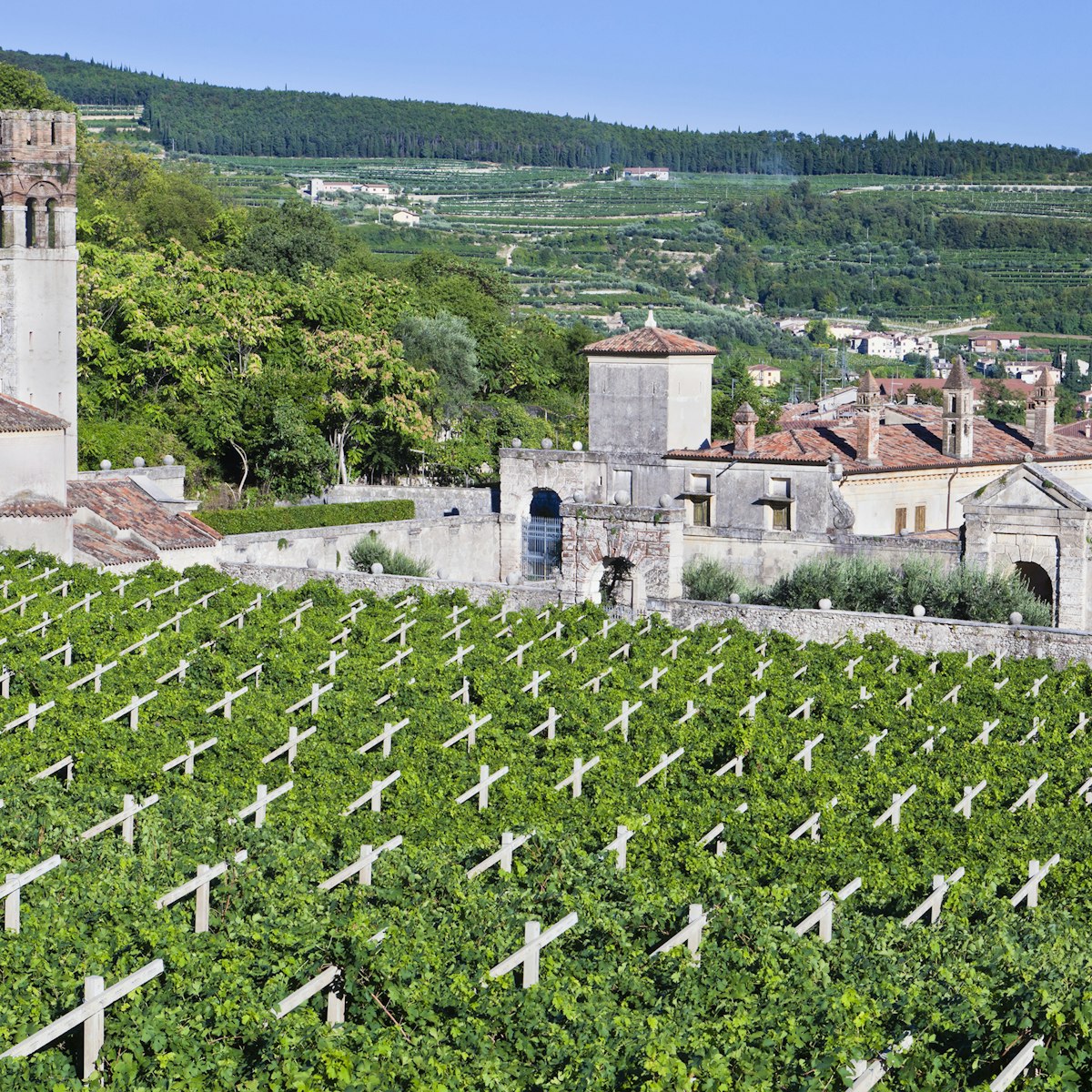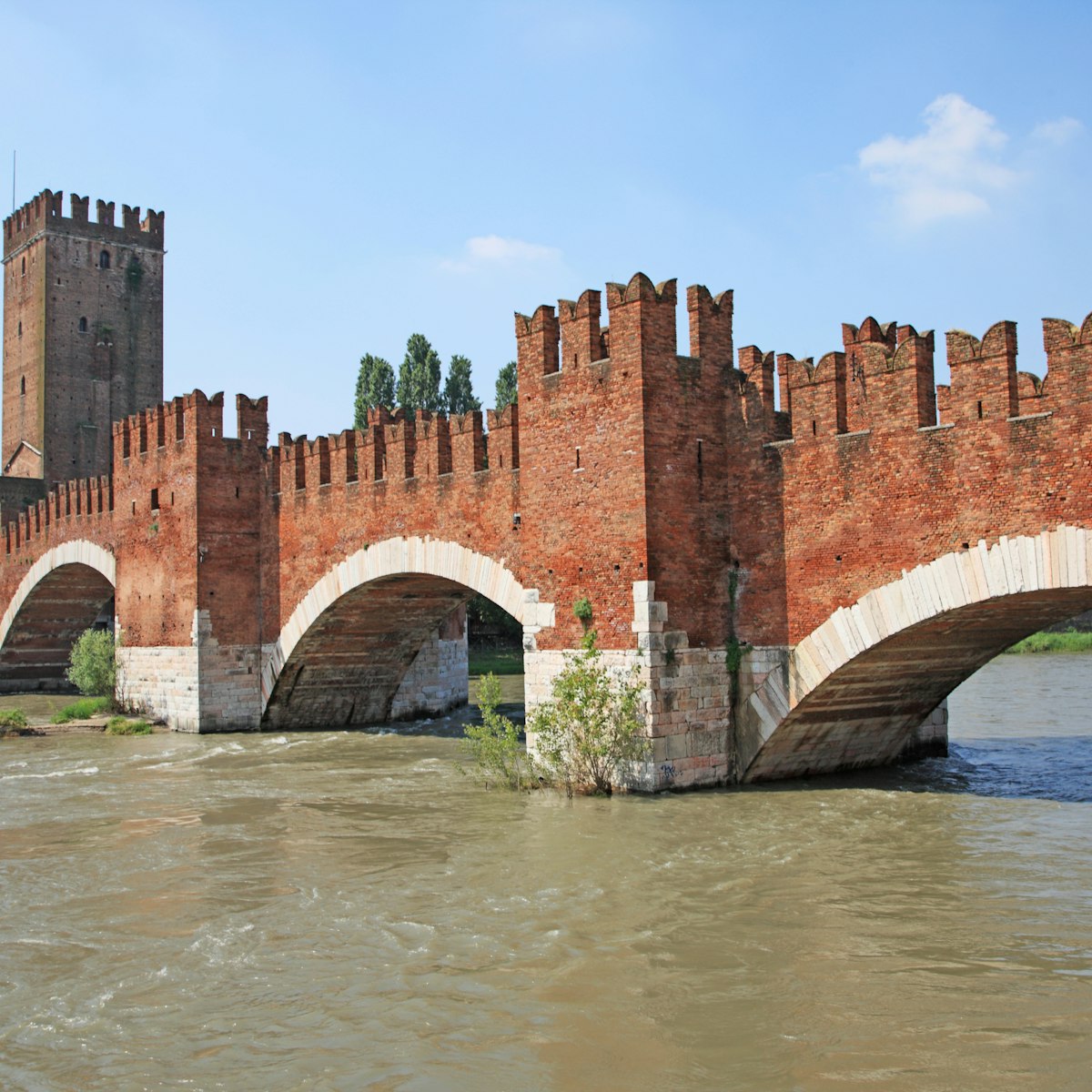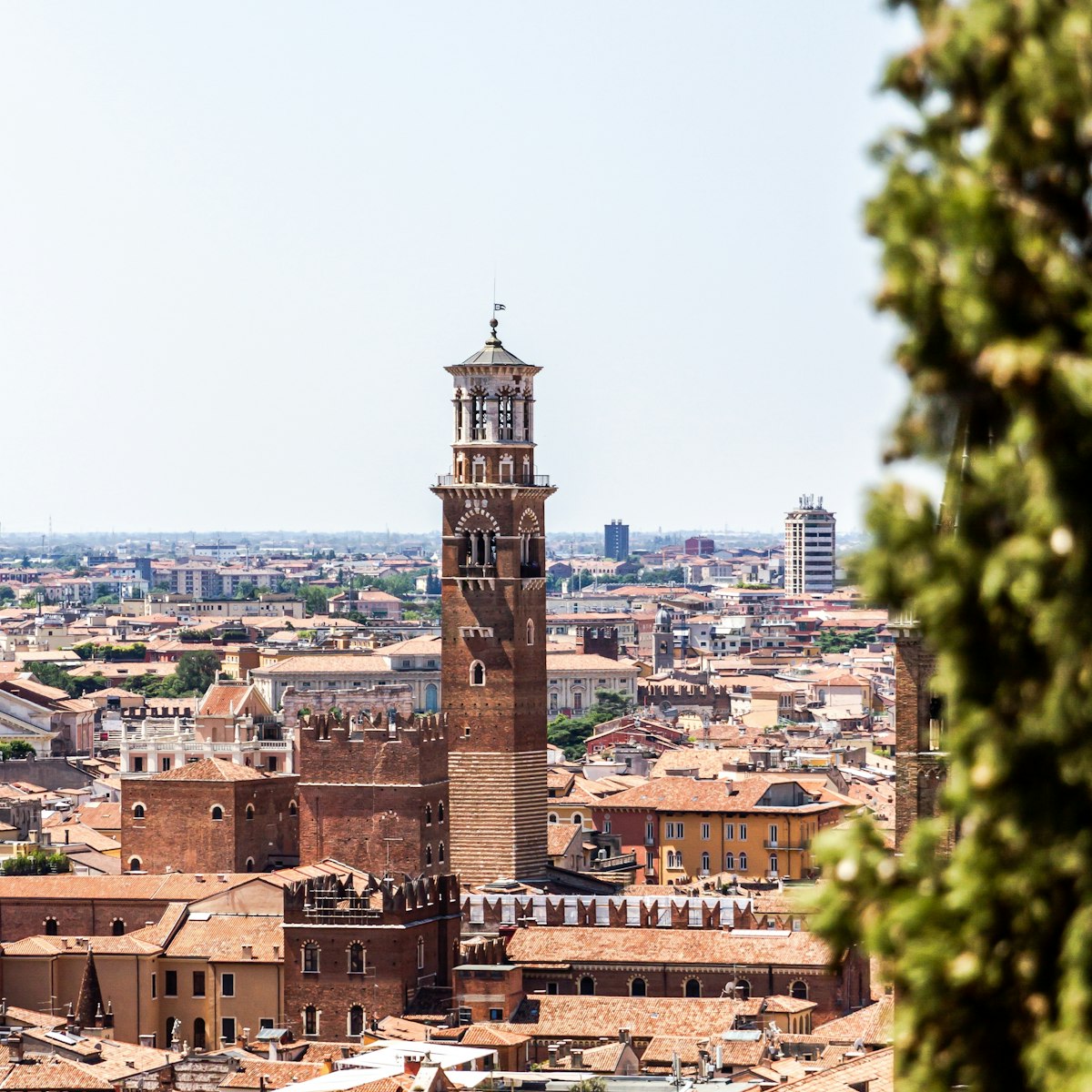Palazzo Te was where Frederico II Gonzaga escaped for love trysts with his mistress Isabella Boschetti, and it's decorated in playboy style with stunning frescoes, playful motifs and encoded symbols. A Renaissance pleasure-dome, it is the finest work of star architect Giulio Romano, whose sumptuous mannerist scheme fills the palace with fanciful flights of imagination.
Having escaped a Roman prison sentence for designing pornographic prints, Romano, Raphael's most gifted student, was the perfect choice for the Palazzo Te commission. Using the trompe l'œil technique, he eschewed the cool classicism of the past in favour of wildly distorted perspectives, a pastel colour palette and esoteric symbols.
The second room, the Camera delle Imprese (Room of the Devices), sets the scene with a number of key symbols: the salamander, the symbol of Federico; the four eagles of the Gonzaga standard; and Mt Olympus, the symbol of Charles V, Holy Roman Emperor, from whom the Gonzaga received their titles and in whose name they ruled Mantua. The purpose of Renaissance devices was to encode messages, mottos and virtues so that visitors to the palace could ‘read’ where loyalties lay and navigate political power structures. Federico's device, the salamander, is accompanied by the quote: Quod hic deest, me torquet (What you lack, torments me), alluding to his notoriously passionate nature when compared to the cold-blooded salamander.
The culmination of the symbolic narrative, however, comes together masterfully in the Camera dei Giganti (Chamber of the Giants), a domed room where frescoes cover every inch of wall with towering figures of the rebellious giants (disloyal subjects) clawing their way up Mt Olympus (symbol of Charles V) only to be laid low by Jupiter’s (Charles') thunderbolt. The effect is spectacular. As the viewer you are both spectator and participant, standing in the centre of the scene, the worried faces of Olympian gods staring down at you.

